2024 Annual Report:
Grants enable local, state and national parks to enhance the places that attract millions each year
Parks, whether in wilderness settings or urban neighborhoods, are vital resources supporting the well-being, health and quality of life of the hundreds of millions of individuals who visit them every year. They are places that help shape the identities of local communities and reflect their histories. The COVID-19 pandemic sent millions of Americans outdoors in search of solace and recreation: from massive wilderness parks to small urban ones, parks registered sharp spikes in visitation. That surge also underscored an array of needs in America’s park systems, from maintenance and repair demands to the need for improved amenities.
With grants totaling $260 million spread across national, state and local park systems, Lilly Endowment affirmed the value of parks as places that contribute to quality of life for a broad range of audiences. The grants are supporting an array of projects, ranging from upgrading playgrounds and expanding recreational amenities to enhancing educational programs and conserving wildlife habitat.
“Everybody needs beauty as well as bread, places to play in and pray in, where Nature may heal and cheer and give strength to body and soul alike.”—John Muir
National Park Foundation: $100 million
When renowned documentary filmmaker Ken Burns arrived at Yosemite National Park (photo above) during the filming of his 2009 documentary series “The National Parks,” it was his first visit to America’s first national park. He was stunned by the grandeur of the place that wilderness champion John Muir willed into existence in 1890 through persistence and advocacy. The Yosemite Valley, Burns contends, is “the most magnificent spot on our planet.”
He isn’t alone in his appreciation for Yosemite or any of the other 432 wild landscapes and historic places comprising America’s National Park System. In 2024, 330 million visitors flocked to national parks, which collectively total 85 million acres of forests, mountains, rivers, lakes, valleys, prairies, deserts, swamps, and seashores, as well as historic monuments, battlefields, forts, and trails. The largest network of national parks in the world, it is governed and operated by the National Park Service (NPS). While NPS receives some direct funding from the federal government, it also receives support from its congressionally chartered nonprofit organization, the National Park Foundation (NPF).
With a donor base of two million individuals and support from 130 foundations and corporations, NPF is in the midst of a $1 billion capital campaign, for which the Endowment approved a $100 million grant in 2024. According to Will Shafroth, who stepped down from his position as NPF president and CEO in early 2025, “the Endowment’s grant—the largest grant in history in support of the national parks—is a game changer for the foundation. The Endowment’s grant goes a long way in helping NPF reach its campaign goal,” said Shafroth.
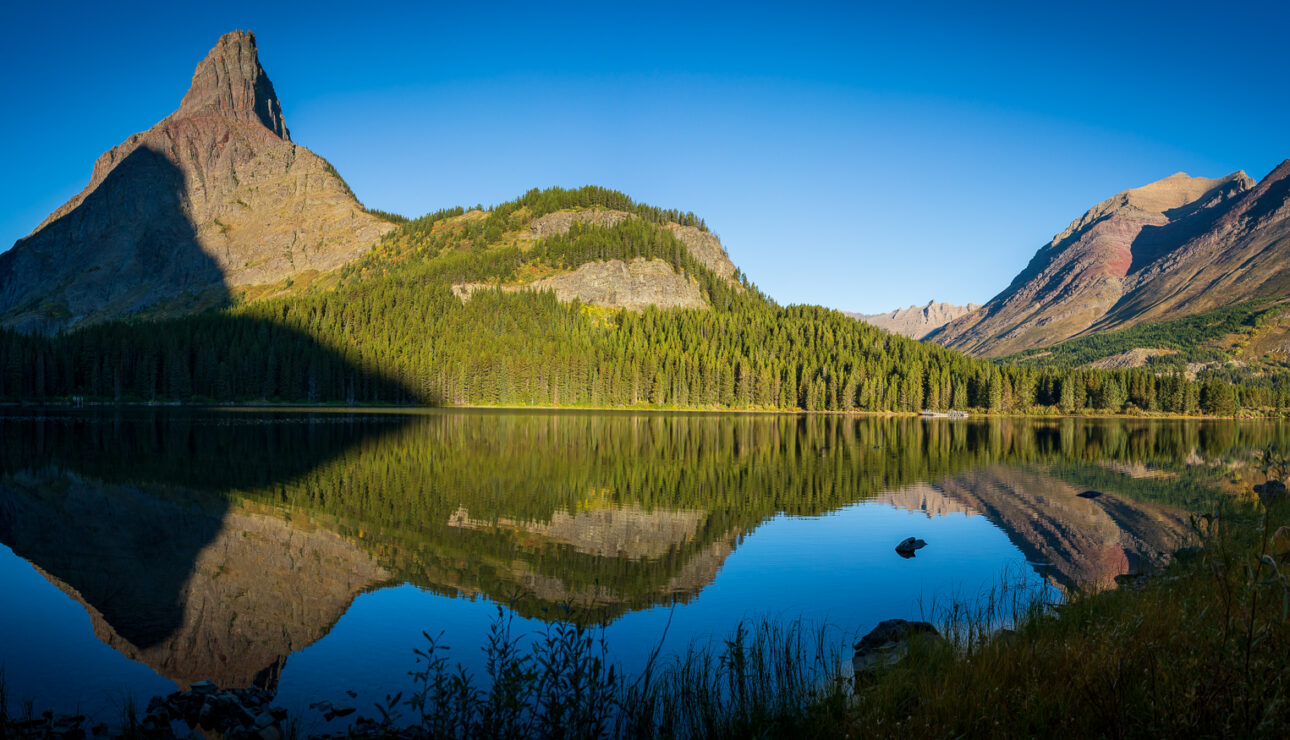

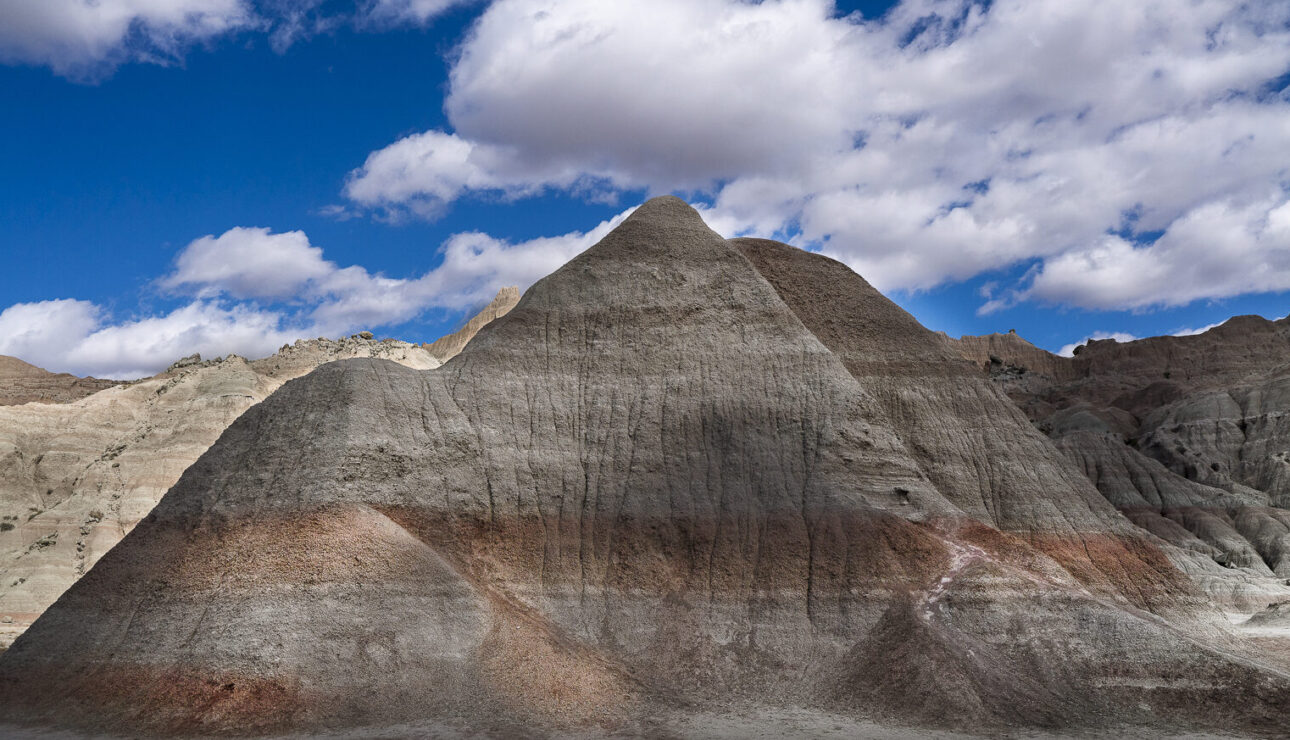
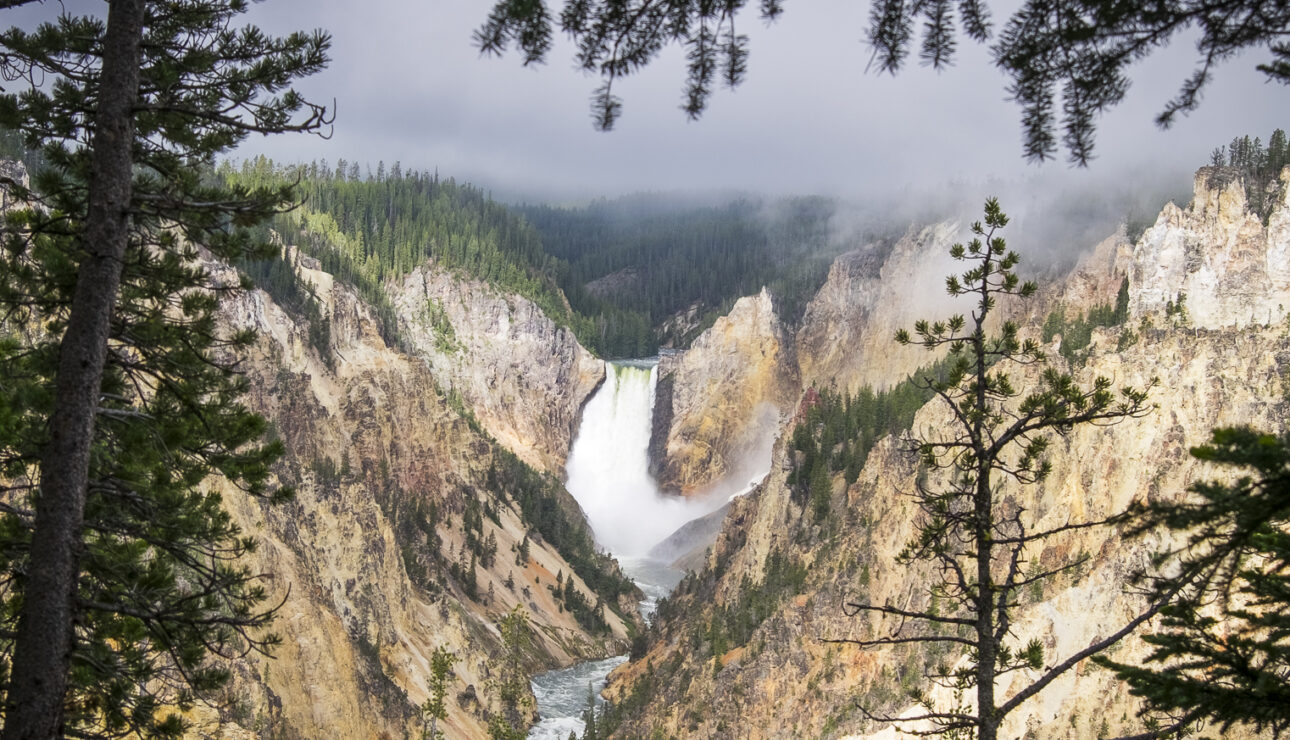
The four strategic objectives of NPF’s campaign are to inspire the next generation of park stewards through programs for youth; to conserve and preserve threatened parks and wildlife; to ensure world-class visitor experiences; and to tell a more complete story of America.
Foundation leaders are taking time to evaluate how the National Park System can address the strategic objectives with new creative approaches, according to Shafroth. “Just using the same techniques and ways we’ve done things in the past probably isn’t going to get it done,” he said.
Of the 330 million visitors to national parks annually, said Shafroth, about half are concentrated in 50 parks, including the iconic Yosemite, Yellowstone, Grand Canyon and Great Smoky Mountains parks. NPF wants to encourage people to explore other parks too, such as Indiana Dunes National Park, said Shafroth. A portion of the Endowment grant will be invested there, directed at such projects as ridding the park of invasive plant species and cleaning up the shoreline. “We’ve got to do a better job of educating people about the range of other amazing parks to visit,” he added.
Asked about the significance of the Endowment’s grant to support national parks, Burns said it got him thinking again about the important role that the parks have played in the nation’s history and to the ongoing American story. Referencing his 2009 public television documentary, Burns said: “We called our film The National Parks: America’s Best Idea. It’s not really America’s best idea—the best idea is the Declaration of Independence and the Constitution. But if you were trying to look for places in which the values of these foundational documents of our nation are made real in the vast American landscape, it would be in our national parks.”
Indiana Department of Natural Resources: $50 million
“(The parks) are rich storehouses of memories and reveries.
They are guides and counsels to the weary and faltering in spirit.
They are bearers of wonderful tales to him who will listen;
a solace to the aged and an inspiration to the young.”
—Richard Leiber, who helped establish Indiana’s state park system in 1916
Northeast of Lafayette, Ind., at the confluence of the Tippecanoe and Wabash rivers, sit 900 acres of native prairie, looking much as it did in 1808 when Shawnee chief Tecumseh and his brother Tenskwatawa founded the village of Prophetstown. The village was named for Tenskwatawa, who was known as the Prophet, and its creation was an attempt to strengthen an intertribal alliance and curb the displacement of Indigenous tribes by white settlers. That attempt ultimately failed when a 1,000-man militia commanded by William Henry Harrison, governor of what was known then as the Indiana Territory, defeated Tenskwatawa and an estimated 500 warriors. Prophetstown, which the Native villagers had abandoned in the wake of the battle was destroyed. The location of Prophetstown remains both a significant historic site and a reminder of the origin of the state’s name—literally, “land of Indians.” Today, it’s home to Prophetstown State Park, one of the beneficiaries of a $50 million grant the Endowment approved to the Indiana Department of Natural Resources (DNR).
“You can’t begin to describe the impact a gift of this magnitude—the largest grant in the history of Indiana state parks—will have on our [state park] system,” said Terry Coleman, Deputy Director for Administration at Indiana State Parks. “I’ve worked here for over 40 years and never have I experienced anything like it.”
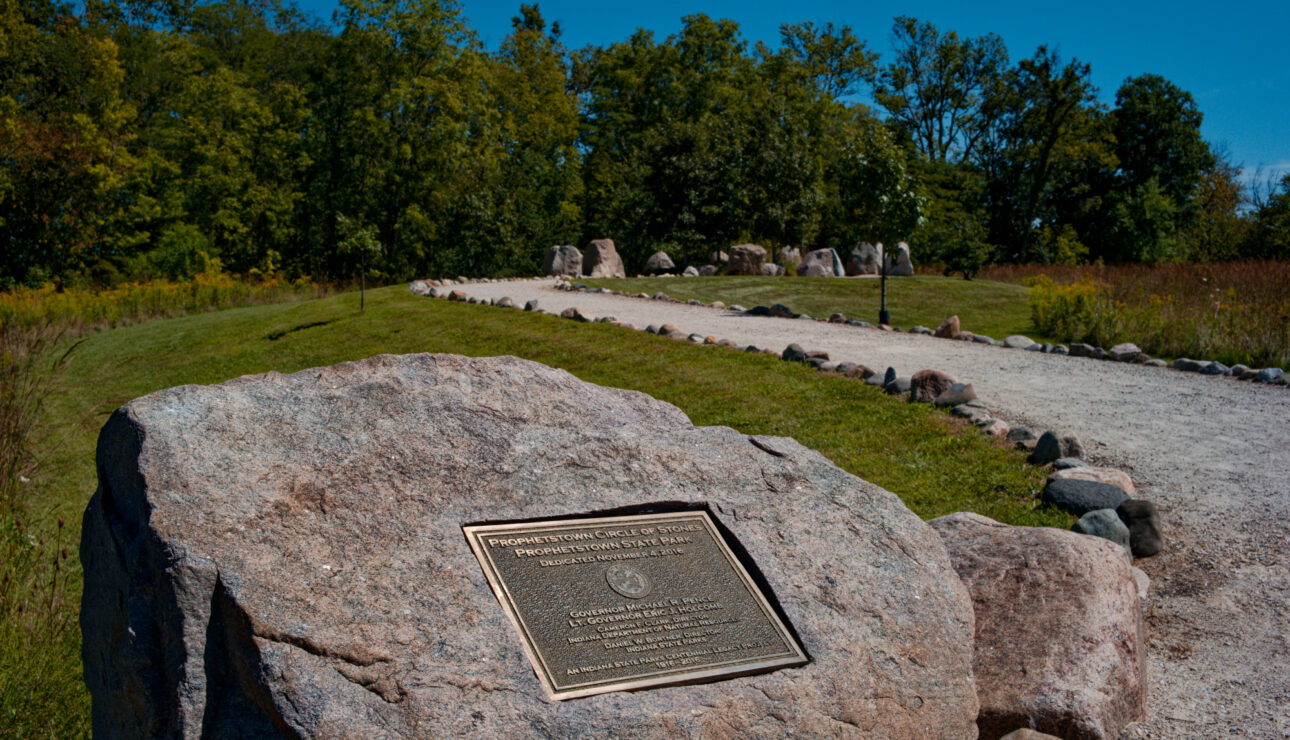
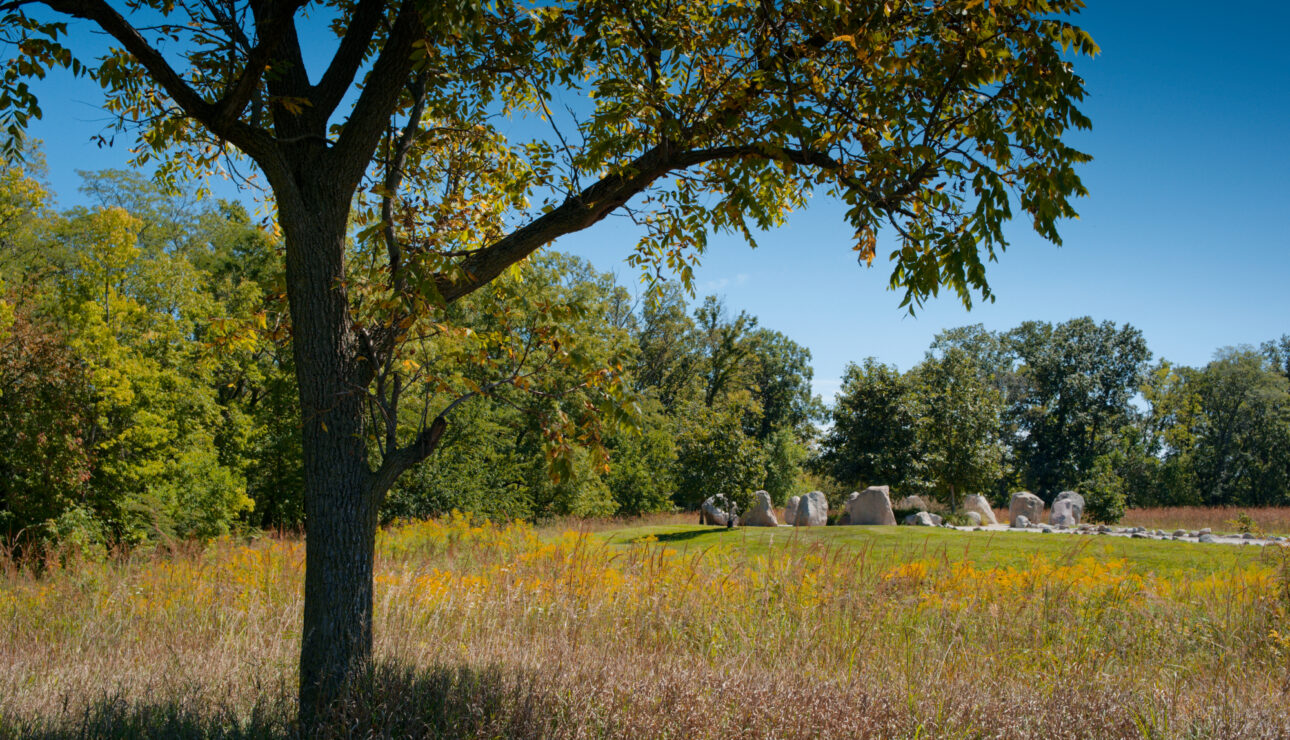
Half of the grant will be used for improvements at Prophetstown. Established in 2004, it’s Indiana’s newest state park and one of the most unique naturally and culturally. It’s the state’s only tallgrass prairie park and among the state’s premier birdwatching sites. In addition to its historical significance, Prophetstown remains important to contemporary Native people. DNR allocated $8 million of the grant to the creation of the Prophetstown Heritage Area, which will include a new interpretive center, an outdoor plaza for exhibits and presentations, and a recreated Native village.
Given the region’s history, it was essential to include Native people in planning for these improvements at Prophetstown, said Angie Manuel. The first interpretive naturalist at the park when it opened, she has extensive experience telling stories about Prophetstown’s landscape, wildlife, and Native history. Now she is interpretive manager at Indiana State Parks. When planning for the park’s future began 12 years ago, said Manuel, the division reached out to 26 federally recognized tribes to invite their input.
“They’ve been really generous with their time and guidance,” said Manuel. “By being able to create these beautiful spaces and acknowledge that it’s the Indigenous people of today, the tribal citizens, who helped us build these spaces through their knowledge, (we) will help visitors understand that the tribal people are not just part of history. They’re still here and they’re vibrant.”
 Among them is Logan York (left), the tribal historic preservation officer for the Miami Tribe of Oklahoma. The Miami populated much of north-central Indiana for centuries before most were forced westward in the 1840s. York, who has a degree in anthropology from Miami University in Ohio, is helping DNR develop new park signage, living history presentations and training for park interpreters to ensure the stories they tell are accurate and consistent.
Among them is Logan York (left), the tribal historic preservation officer for the Miami Tribe of Oklahoma. The Miami populated much of north-central Indiana for centuries before most were forced westward in the 1840s. York, who has a degree in anthropology from Miami University in Ohio, is helping DNR develop new park signage, living history presentations and training for park interpreters to ensure the stories they tell are accurate and consistent.
“Prophetstown was one of the few places created on purpose by us for a purpose—to protect ourselves,” said York. “And the fact that the land has remained largely undeveloped is important for education and connecting us to our past.”
Other Prophetstown improvements will include new trails to make the park more accessible to visitors ($1 million), improvements to the park’s aquatic center ($1 million), and expansion of its campgrounds ($15 million).
The remaining $25 million of the Endowment’s grant will be allocated to projects at other parks throughout the state. Of that, $11 million will go to upgrading playgrounds at several parks, $10 million to improving campgrounds and $3 million to repairing historic stone and log buildings, walls and staircases, with attention to accessibility. An additional $1 million of the grant is being used to purchase a fleet of motorized wheelchairs to make trails and beaches accessible to all. “We want everyone to feel welcome,” said Terry Coleman, “to feel they can come and enjoy their state parks.”
Indianapolis Parks: $80 million
“Parks and public spaces provide, in some ways, the best
of what cities have to offer in terms of being places where people come together.”
—Phyllis Boyd, Director, Indy Parks

Frederick Douglass Park Family Center
Tears of joy come to Don Colvin when he steps into the Frederick Douglass Park Family Center on the Indianapolis eastside and sees how many residents of the Martindale-Brightwood neighborhood are using it. From its fitness center and gym to its spaces for classes, programs, community events and family celebrations, the place bustles with activity. For Colvin, the deputy director of parks planning for the Indianapolis Department of Parks & Recreation (Indy Parks), the new Douglass Park center represents the culmination of 20 years of planning that included extensive outreach to residents and many community meetings. Despite those efforts, some area residents grew skeptical when so many years passed without noticeable progress, according to Colvin, a 34-year veteran of the parks department. But the new center changed that perception, he said. It was made possible, in part, by $80 million in grants the Endowment approved in 2022 to support parks across Indianapolis.
Grants were made to Indy Parks and to affiliate organizations that support Eagle Creek, Garfield and Holliday parks. Coupled with $45 million for park improvements from the City of Indianapolis’s Circle City Forward initiative, the Endowment’s funds are supporting projects at 42 parks located throughout the city. At Douglass Park, for example, Endowment funds were used for furnishings and fixtures in the new center and for construction of a new playground, both dedicated in 2024. Funds are supporting the redevelopment of sports fields within the park, too.
“It’s a historic amount of investment that we have never seen before,” said Indy Parks director Phyllis Boyd. “We normally have $5.8 million a year to spend on park improvements. With $80 million we’re able to do 14 or 15 years’ worth of work in a much shorter period of time.”
Another focus is playgrounds—updating existing playgrounds and building new ones so families can have access to healthy recreational activities for their children. By the end of 2025, Indy Parks will have completed work on 18 neighborhood park playgrounds. “Having equipment that’s in good condition, that’s well cared for, that’s bright and beautiful is another essential thing we have to offer as a parks department,” said Boyd.
Residents in Indianapolis play a key role in maintaining and stewarding local parks, and three parks have dedicated nonprofit organizations that raise funds to support them. Indy Parks helped these affiliate organizations that support Eagle Creek, Holliday and Garfield parks secure Endowment grants for special projects. Eagle Creek Foundation received a $2.6 million grant for trail improvements, program expansion and development of a documentary. Holliday Park Foundation received $3 million for playground and signage improvements, walkway upgrades, and gazebo maintenance. Friends of Garfield Park received $2.5 million for the reconstruction of the historic fountains in its Sunken Gardens.

Frederick Douglass Park in Indianapolis, Ind.
Improving the parks does more than benefit their visitors, said Colvin. It also benefits parks department employees. “I’ve had a lot of my staff tell me how much they’ve grown by working on our projects. I think that will bode well for Indianapolis parks because, as we move forward, having a more informed workforce will make us better park professionals overall.”
According to Boyd, the Endowment’s support helped Indy Parks turn a corner. “While in general there was a sense among community members that parks were important, what the Endowment’s grant did was put some resources behind that. It was a huge step.”
Funds will support its multi-faceted $1 billion capital campaign. The grant will support NPF’s efforts to conserve, preserve and steward for current and future generations more than 420 landscapes, battlefields, monuments, memorials,
historical and cultural sites, trails, rivers, lakes, and seashores under the National Park Service’s purview.
Funds is supporting improvements at Indiana state parks. Half of the grant is funding updates at Prophetstown State Park in Tippecanoe County. The remaining $25 million is supporting upgrades to historic structures at parks across the state and to the purchase of new wheelchairs that will improve the accessibility of parks statewide.
Also in 2024, the Endowment approved a $30 million grant to the White River State Park Development Commission to support a 12-acre expansion of White River State Park along the west bank of the White River in downtown Indianapolis. Projects funded by the grant include the repurposing of the remnant of the General Motors Stamping Plant into an event and community center and the development of an extended promenade trail and other features to connect visitors to the river
Funds are supporting capital improvements and programing throughout the Indianapolis Parks and Recreation system.
Two grants to Indianapolis Parks and Recreation totaling $71.9 million are helping to upgrade playgrounds, sports fields and courts, family centers, and pools and splash pads in parks within each of the city’s nine townships and bolstering outreach and programing efforts at city parks.
A $2.6 million grant to Eagle Creek Park Foundation is funding trail accessibility, including paving previously dirt trails, and program
outreach efforts.
A $2.5 million grant to Friends of Garfield Park is supporting efforts to restore and repair historic fountains in the Sunken Gardens.
A $3 million grant to Friends of Holliday Park is supporting upgrades to playgrounds, walkways, shade structures, seating and signage, and repair of the gazebo.